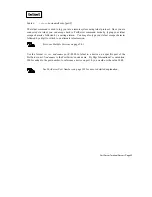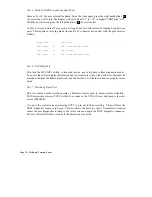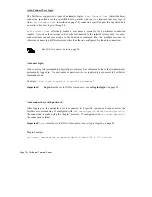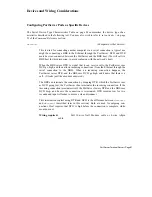
PortServer Front Panel
SEND
ETHERNET
SERIAL
RECEIVE
TRANSMIT
TWISTED
PAIR
TD
RD
LG
POL CS
RX ERR EVF
TX COL
TD
RD RTS CTS DSR DCD DTR
RI
OFC IFC
™
CCITT
103 104
105
106
107
109
108
125
The front panel of the PortServer terminal server has ten LEDs, two seven-segment alphanumeric
displays, and two pushbuttons ( and ).
The pushbuttons are used to:
Select diagnostic tests (see User Diagnostics on page 73).
Reset the PortServer to the factory defaults, as described in Resetting the
PortServer to Factory Defaults on page 80.
Select a port to monitor for RS-232 serial activity.
The two-digit alphanumeric display is used to list error messages and inform the user of test or
activity status.
The ten LEDs have different meanings, according to the testing or display mode that the
PortServer operating system is in. They are:
SEND (Serial Activity)
You can monitor a port’s activity by pressing either pushbutton when AC is shown on the
alphanumeric display. The display will then show the port number being monitored; depress the
same pushbutton repeatedly until the port you wish to monitor is displayed.
The LED indicators provide RS-232 line status information (similar to a breakout box) and
RS-232 flow control information. The ten LEDs then give information related to the labels on the
top (“SEND”): TD, RD, RTS, CTS, DSR, DCD, DTR, RI, OFC and IFC. The first eight
correspond to activity of that RS-232 signal on the port being monitored. OFC stands for Output
is Flow Controlled; IFC stands for Input is Flow Controlled.
















































